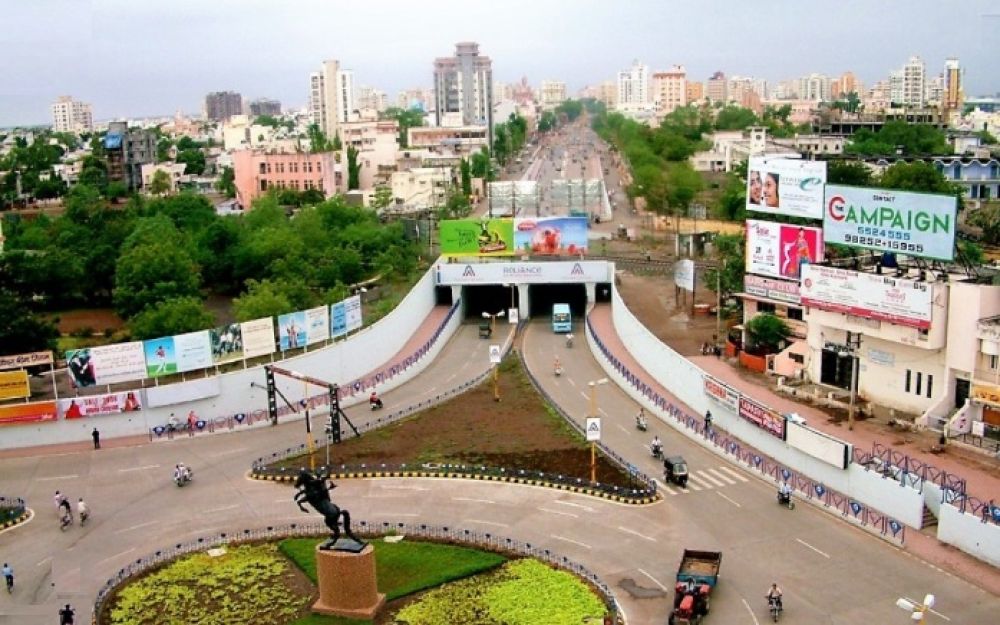

The city of Rajkot holds a storied position within the tapestry of Indian history, being associated with the colonial era and the story of Mahatma Gandhi's formative years. While the history of tourism in Rajkot isn't as ancient as some other cities in India, it has progressively developed over the years, especially since India's independence in 1947.
A pivotal shift in Rajkot's tourism was seen with the establishment of the Kaba Gandhi No Delo, the house where Mahatma Gandhi spent his early years. It has been converted into a museum called the 'Gandhi Smriti' which signifies the historical and tourism revolution of Rajkot. This heritage site began attracting numerous visitors, being an integral element in the city's tourism narrative.
The late 20th century witnessed a substantial increase in Rajkot's tourism infrastructure. With the introduction of better transportation links, including the expansion of the Rajkot Airport in the 1980s, and an increase in hotel accommodations, the city became more accessible to tourists.
As Rajkot is rich in culture and tradition, events such as Navratri, a nine-night dance festival, and the city's International Kite Festival have served as significant draws for tourists, showcasing the vibrant cultural landscape of Rajkot to the world.
In recent years, Rajkot has witnessed a trend towards eco-tourism and sustainable travel practices. With the growing global emphasis on conservation, the city has seen the development of eco-friendly hotels and the promotion of wildlife tours at sanctuaries such as the nearby Gir Forest National Park, home to the Asiatic Lion.
In addition, there has been a surge in heritage walks, allowing tourists to explore the city’s history and architecture intimately. The presence of sites like the Rajkumar College and the Watson Museum continue to appeal to those interested in the colonial legacy and the regional history of Saurashtra.
Despite its growth, Rajkot's tourism sector faces challenges such as urban congestion and environmental concerns. However, the city's tourism department continues to innovate, with plans to enhance travel experiences through improved infrastructure and smart-city initiatives.
With its blending of history, culture, and modernization, Rajkot is set to retain its position as a unique destination within India's diverse tourism landscape. Thus, the history of tourism in Rajkot is still being written, as the city adapts and grows to meet the ever-evolving demands of global travelers.